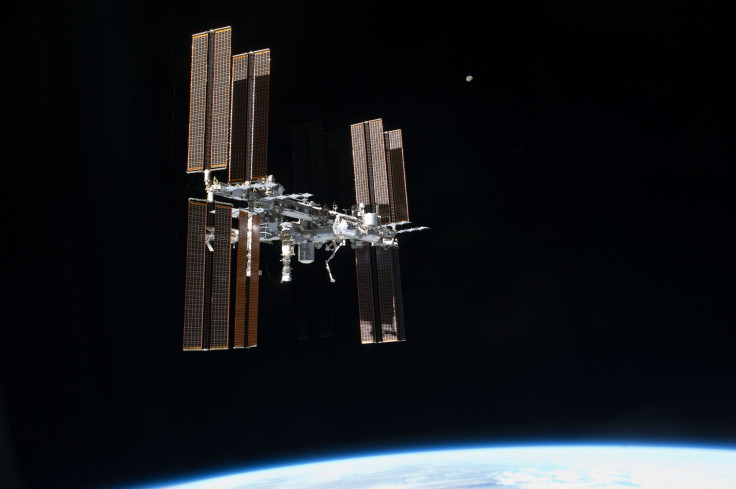NASA 2016 Budget A Big Leap Toward Manned Launches And Commercialized Space Exploration

The good news for NASA just keeps coming. After finding water on Mars and getting an unprecedented look at Pluto earlier this year, the space agency just learned its budget for next year will be a healthy $19.3 billion. That's light-years beyond the $18 billion the space agency received in 2015 and $800 million more than what President Barack Obama requested. The additional funding gives new hope for the return of manned launches in 2017.
NASA's budget will be finalized following a House vote Friday. The Commercial Crew program, under which NASA partners with the private sector for commercial exploration, was given $1.24 billion as part of the larger $5 billion space operations budget. SpaceX and Boeing, the commercial partners for NASA to bring manned launches back to the U.S. by 2017, would ferry astronauts to the International Space Station (ISS). "Commercial Crew is one of the most critical aspects for the entire agency," Alexander MacDonald, program executive for NASA's Emerging Space Office, said to International Business Times.
Slow-mo footage of our pad abort test in May, a critical test in preparation for our first human missions. pic.twitter.com/vvZTlf5sH1
— SpaceX (@SpaceX) October 30, 2015NASA is looking to use ISS as a jumping off point to go beyond low-Earth orbit, eventually going to Mars in the 2030s. The area around the moon will be an important proving ground for new technologies, with the Asteroid Redirect Mission scheduled to capture an asteroid and move it to a stable orbit around the moon.
"What we've done with the International Space Station is create an actual economy up in space," MacDonald said. "We have a lot of different logistical suppliers, we have people living on it, and the space station has really become an industrial hub on the frontier."
There are many reasons to #BeAnAstronaut, such as flying @BoeingDefense’s #CST100 Starliner! https://t.co/i2TIVLWky5 pic.twitter.com/AwkO4CWMrA
— NASA Commercial Crew (@Commercial_Crew) November 17, 2015With an operational commercial launch program in place, SpaceX, Boeing and other partners could soon use this capability in a number of ways. "One of the most important aspects of our approach to Commercial Crew is that they will the have the independent capability and the legal authority to sell those services to others. That's something that has not existed in the past," MacDonald said.
With the development of SpaceX's Dragon crew spacecraft and Boeing's CST-100 Starliner for NASA, the companies could later sell the spacecraft on the commercial market.
Concerns regarding the lack of funding of the Commercial Crew program led to NASA extending its contract with the Russian Federal Space Agency for seats aboard the Soyuz capsule. The contract extension is for $490 million for seats aboard the Soyuz in 2018.
"Unfortunately, for five years now, the Congress, while incrementally increasing annual funding, has not adequately funded the Commercial Crew Program to return human spaceflight launches to American soil this year, as planned," Charles Bolden, the head NASA administrator, wrote in an open letter regarding the renewed contract.
The funding increase for Commercial Crew was driven in part by an increased desire to reduce NASA's reliance on Russia for launches. "The funds provided in this Act enable NASA to follow the fastest path to independence from Russia by providing for continuing development of a domestic crew launching capability," reads the report attached to the spending bill.
The $1.24 billion in funding helps set up the Commercial Crew program for launches in 2017. The potential success of the program could lead to the first humans on the Red Planet in the 2030s. "We want to see as many commercial partners utilize the space station so they can then develop products or revenue streams that can support an independent space station in low-Earth orbit," MacDonald said, "With an economic system established in low-Earth orbit, we are going to be able to focus our attention on going beyond and, hopefully, going to Mars."
© Copyright IBTimes 2024. All rights reserved.





















